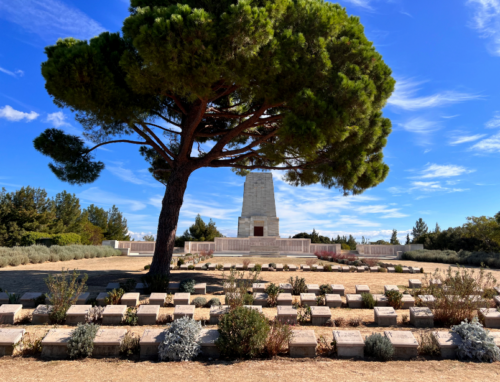
By Jill Lowe
April 25th at dawn each year sees commemoration of ANZAC (Australian and New Zealand Army Corps) and the failure of the Allied Powers of WW1 in 1915 to control a sea route from Europe to Russia.
In Chicago, a dawn service is held at the Vietnam Memorial on the river and fire boats on the Chicago River often join in paying tribute.
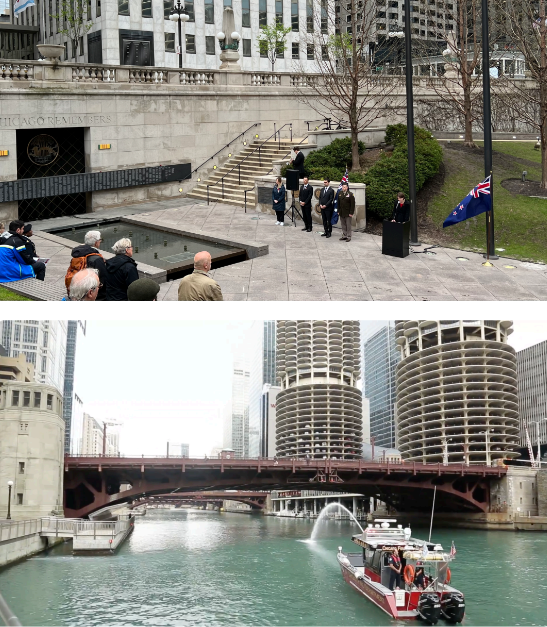

The Gallipoli Peninsular and the Dardanelles, Turkey
The Gallipoli campaign was intended to force Germany’s ally, Ottoman Turkey, out of the war. The strategy was to to allow allied ships to pass through the Dardanelles, and to capture Constantinople (now Istanbul).
The failed navy attack by British and French troops was followed by the major land campaign at dawn on April 25th, 1915, chiefly involving the ANZAC troops. Lack of intelligence and lack of knowledge of the terrain, along with fierce Turkish resistance led to the failure.
Although the failure is of collective blame, it is regarded as a stain of on otherwise colossal record of Winston Churchill as First Lord of the Admiralty, who orchestrated the campaign. Sonia Purnell’s recent biography of his wife – Clementine: The Life of Mrs. Winston Churchill cites the enormous impact the failed Gallipoli campaign had on Churchill for the rest of his life.
Today all over the world but especially in Australia and New Zealand where both countries effectively shut down for the day, there are dawn services on Anzac Day. In London, Whitehall is closed for a march past the cenotaph, to Westminster Abbey. In small communities outside Australia & New Zealand one finds dawn services at local cenotaphs, and on beaches. Internationally, dawn services can be attended for example in Japan, Canada, France, Malta, Italy and of course Anzac Cove in Turkey.
In visiting Turkey, many Australians include a trip to Gallipoli. The some 3 hour drive from Istanbul to Anzac Cove and the surrounding war graves and memorials is very moving. The beach and surroundings are surrounded by rosemary bushes. (Sprigs of rosemary for remembrance are worn at dawn services.)
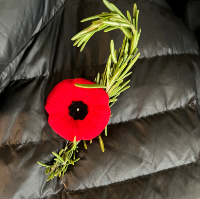
Rosemary for remembrance

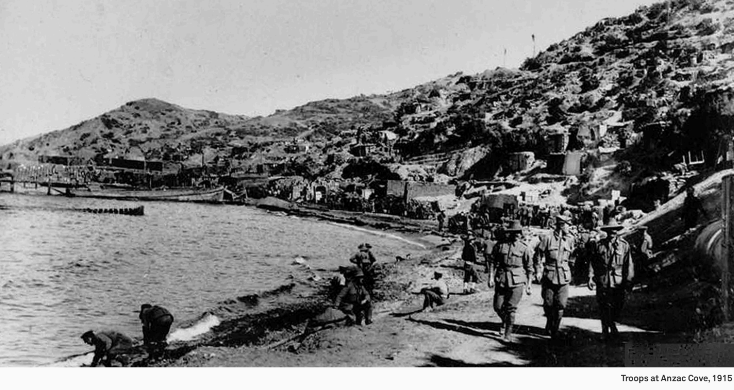
Anzac Cove in 1915 and today
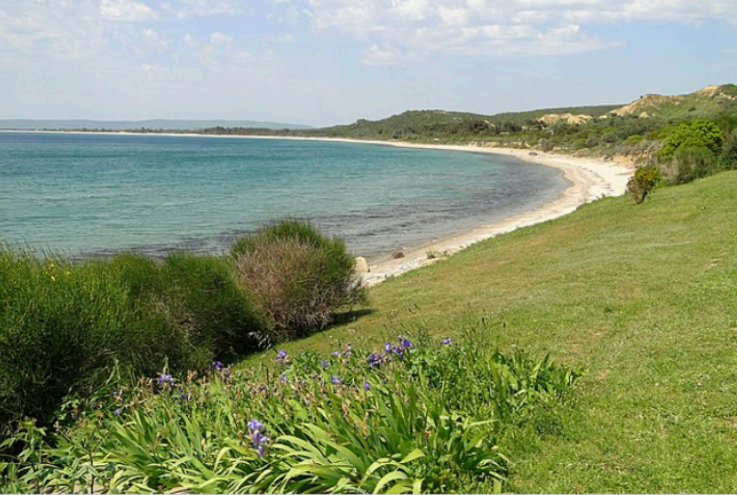
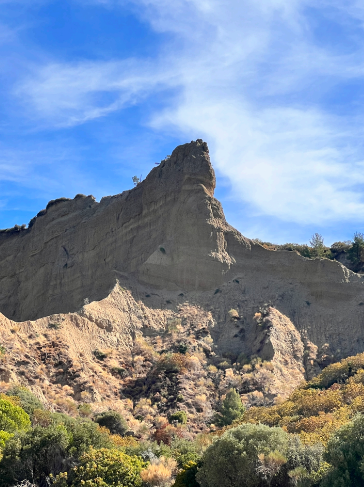
The “sphynx”– that monolith of rock, to be scaled in 1915 |
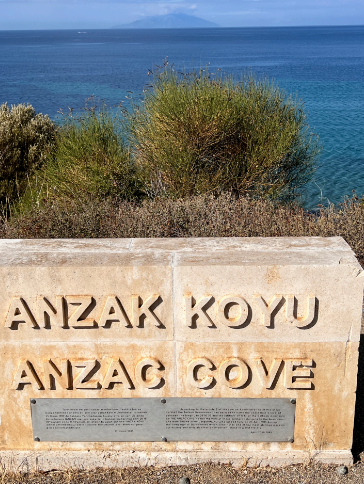
Anzac Cove today |
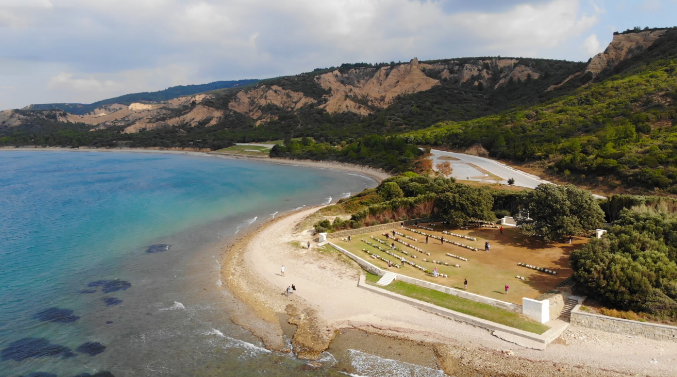
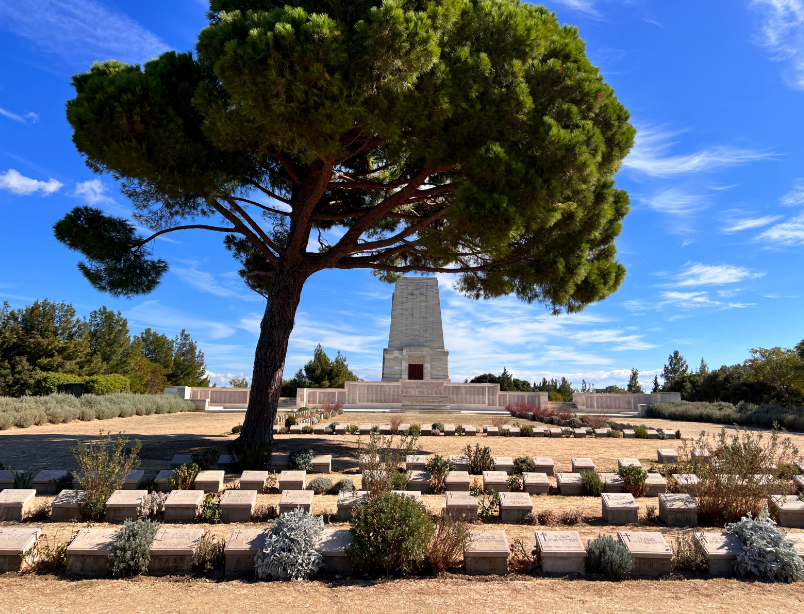
The Lone Pine is the name given to a solitary tree on the Gallipoli Peninsula in Turkey, which marked the site of the Battle of Lone Pine in 1915.
Now it is the the site of graves.
Anzac Biscuit
A sweet hard biscuit sent to soldiers abroad as ingredients are not easily spoiled.
Now sold in stores and baked year round.
 Anzac Biscuits pictured with Australian and New Zealand flags
Anzac Biscuits pictured with Australian and New Zealand flags
ANZAC DAY at the Sydney Harbour Bridge
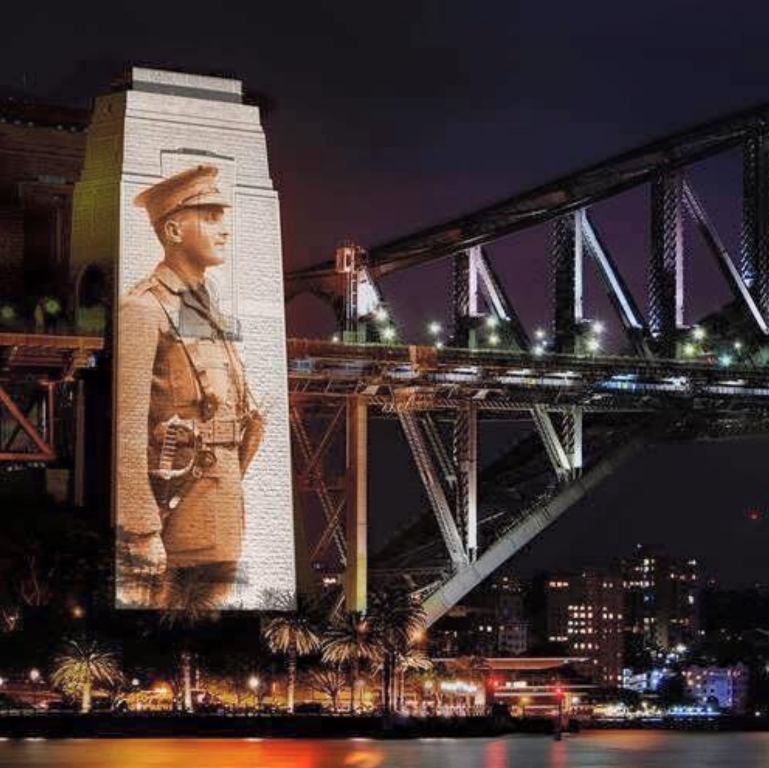
Street Names
Countries often have a prevalence of certain names. Of course there are variations, but in Australia and New Zealand there is a prevalence of Anzac Street, Road, Bridge, Parade, or Esplanade, such is the importance of Anzac.
Today any ANZAC commemoration involves not only Australia and New Zealand but also Turkey.

Mustafa Kemal Atatürk, the founding father of the Republic of Turkey, served as its first president from 1923 until his death in 1938.
His impactful words written in 1934 are inscribed on memorials at Anzac Cove and read at many dawn services on Anzac Day.
“Those heroes who shed their blood and lost their lives… You are now lying in the soil of a friendly country. Therefore rest in peace. There is no difference between the Johnnies and Mehmets to us where they lie side by side here in this country of ours…. You, the mothers, who sent their sons from far away countries wipe away your tears; your sons are now lying in our bosom and are in peace. After having lost their lives on this land they have become our sons as well.”
― Mustafa Kemal Atatürk 1934
Lest We Forget
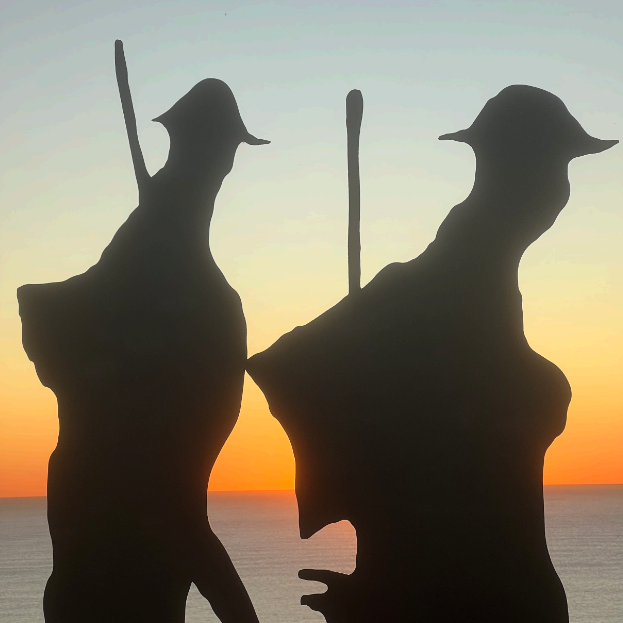
Photo from Newcastle Memorial Walk, NSW, Australia
Notes.
Photo of Jill : Joe Mazza Bravelux inc.
Photos copyright © 2024 Jill Lowe. All rights reserved
Images with Shutterstock license



